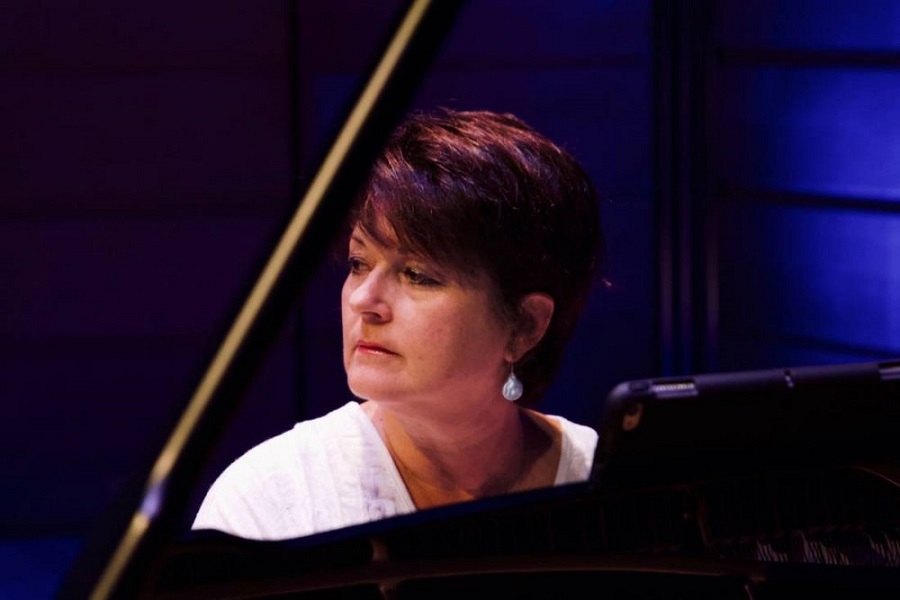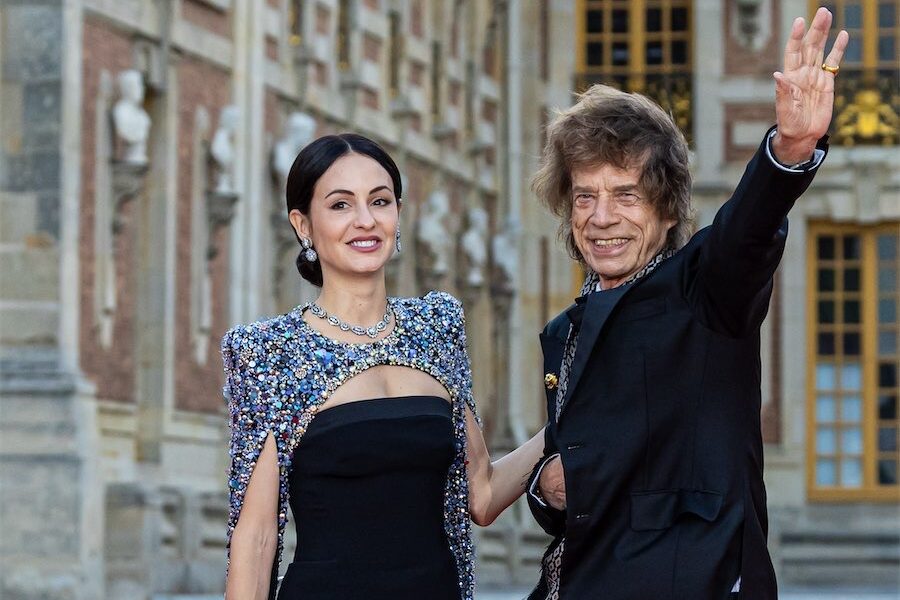
Our Story: Aboriginal Chinese People in Australia mixes contemporary artworks, personal accounts and oral histories by Aboriginal-Chinese people, alongside historical photomontages and archival documents.
I caught up with the project leader and lead creator of the show, Zhou Xiaoping, as he was hanging the exhibition at the National Museum.
After 39 years in Australia Zhou now lives in Melbourne, but he was born and trained in traditional art in Anhui, an eastern Chinese province known for its Huangshan Mountains, the subject of many classical paintings, before coming to Australia as a young man in his late 20s to exhibit flowers on silk scrolls.
It was a life-changing move. A nature lover, he was immediately struck by the very different landscape and, in around 1988, got the chance to visit Alice Springs and Uluru, where he was to meet Aboriginal Australians for the first time.
“It made a big impact on me,” he says. “It was also the first time I’d seen Aboriginal art and it struck me as being abstract and the colours were so bright, but of course I didn’t understand the meaning.
“The work became more and more attractive and I wanted to find out where it sprang from.”
With the help of a sympathetic immigration officer who’d never heard of a Chinese person on such a journey, he was granted permanent residence, allowing him to sojourn with Aboriginal arts communities in Central Australia, Arnhem Land and the Kimberley.
“In Melbourne I had seen urban artwork which was museum-based, but going into nature was different,” he says.
“Arnhem Land was just one big nature museum, it dealt with the spirit of people living in nature and it had rock art.”
The bush toughened him up, then in another turning point, in 1990 when in Broome, he met the famous musician and playwright Jimmy Chi.
“He asked me to say some words in Chinese and to teach him a bit of Mandarin… he told me about his background – his father and his grandfather.”
Later he would meet many other people of mixed Aboriginal and Chinese culture.
“We all looked a bit alike,” he says, “I felt I wanted to do something to get more understanding… I thought, sharing is important, giving something back is important.”
Eventually Zhou set up a research team in 2022, found academics to research Aboriginal-Chinese Australia and interviewed more than 100 individuals around Australia.
This is all chronicled in a handsome catalogue, which has academic pieces, family stories and the work of eight artists, of whom he is the only one who is purely Chinese.
Zhou perceives that Aboriginal and Chinese culture are totally different, but says there are spiritual connections such as the love of nature, the importance of looking after family and the use of herbal medicines, with deep knowledge at work in all.
He has signified the contrast in cultures with clusters of Chinese lanterns hung at the exhibition entry-point and five pandanus dillybags bags in front of them.
There is far more on show than paintings – the book, stories about Aboriginal-Chinese people who can trace their connections back to the gold rushes of the 1850s, colonial records and rediscovered family histories.
But the most visually striking inclusions are the works of contemporary artists Vernon Ah Kee, Gordon Hookey, Lloyd Gawura Hornsby, Jenna Lee, Damien Shen, Christian Thompson, Jason Wing and Zhou himself.
The exhibition ranges over questions of immigration, marginalisation, identity, family, connections, culture and prosperity, but some motifs are more obvious than others, such as parallels between the dragon and the rainbow serpent.
This emerges in Dragon Serpent by Gordon Hookey, House of Gold by Christian Thompson and Serpent People (Boy with Snake Belly) by Jason Wing of which Wing comments: “I am very proud and privileged to have both ancient Dragon and Serpent blood. Aboriginal and Chinese cultures are two of the oldest, most adaptive, resilient and powerful cultures in the world”.
Yuin artist Lloyd Gawura Hornsby tells the immigration story, in Coming to Australia, by setting images of his grandfather, a dragon, and The Great Wall against traditional dot painting.
Finally, there is Zhou’s own glass sculpture of a humble cabbage leaf, 100 of which will hang in homage to the market gardening ancestry of many Aboriginal-Australian Chinese.
“There’s more than one way to interpret history,” Zhou says.
Our Story: Aboriginal Chinese People in Australia, National Museum of Australia, April 10-January 27, 2026. Free.
Who can be trusted?
In a world of spin and confusion, there’s never been a more important time to support independent journalism in Canberra.
If you trust our work online and want to enforce the power of independent voices, I invite you to make a small contribution.
Every dollar of support is invested back into our journalism to help keep citynews.com.au strong and free.
Thank you,
Ian Meikle, editor












Leave a Reply